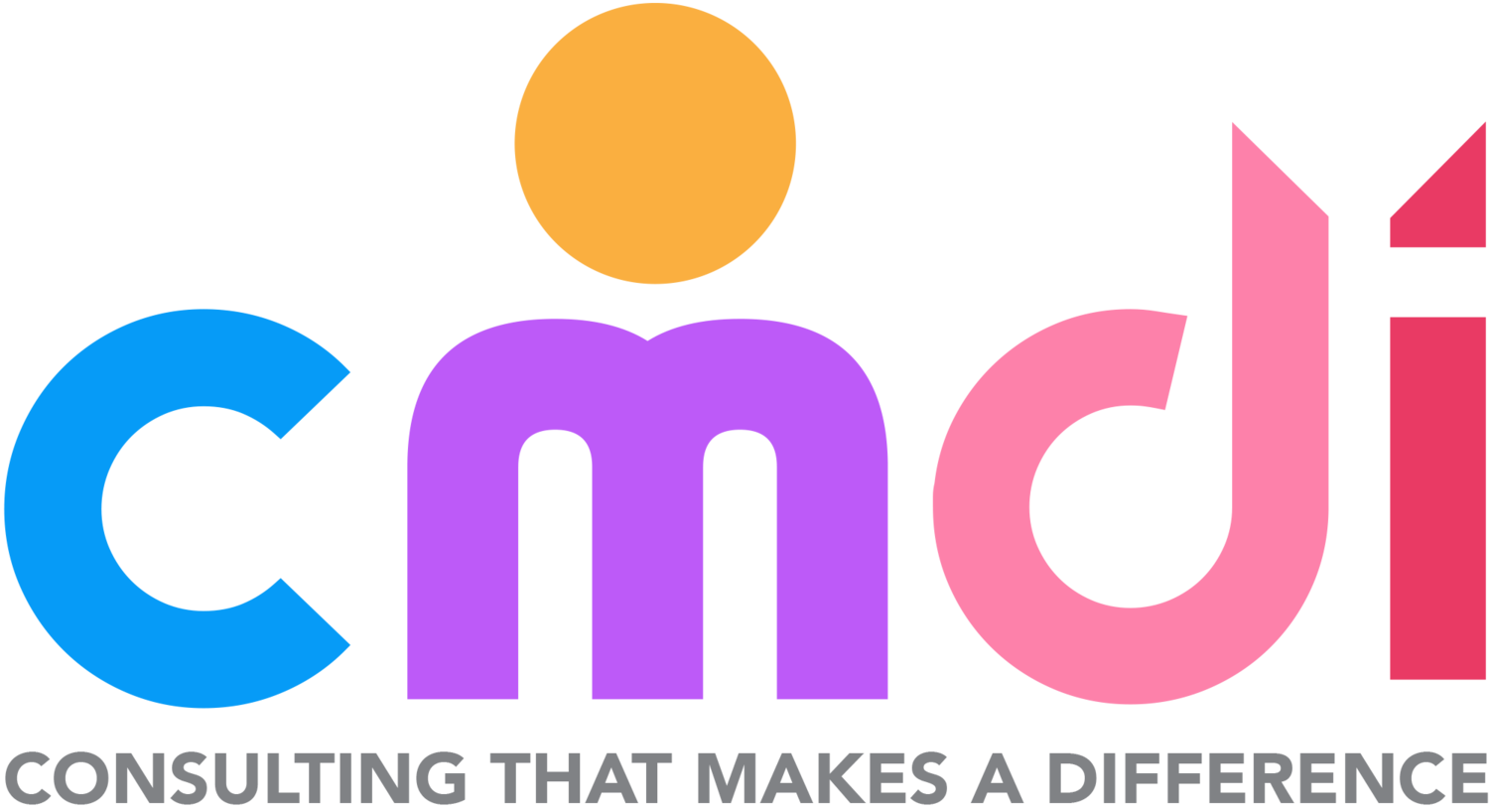Autism Spectrum Disorder: Know your Students!
When I first started teaching in an inclusive classroom environment, my teaching philosophy was to do my best to work with my co-teacher to meet the needs of all of our students. This can be a challenge for most educators, but my co-teacher and I were ready to do whatever was necessary to ensure the success of every student.
My teaching career has varied from being a general education teacher in my own classroom to sharing a classroom with a co-teacher, as well as a few different experiences with various students with disabilities as a teacher’s assistant. Even though my co-teacher, Alex, was highly experienced with many students with ASD, I was not. My lack of teaching experience was not the issue. What concerned me most was the amount of time I would need to really get to know my students with ASD. However, I knew from colleagues that this was vital as I was given the same advice:
● do everything you can to get to know your students.
● find out who they are as students and children
● know their interests, their triggers, and what aspects of the classroom will help them be super successful.
All of this advice was very helpful, but I was still concerned with the amount of time I would need to make all this happen combined with a very demanding curriculum. This is when Alex and I got to work. We had 7 students with an IEP, and according to the information we had, we needed to work on specific strategies that would define the classroom environment and expectations for our student with ASD, who I will call Sam. We worked over the summer to develop a plan for all of our students. Then, we took all we already knew or could learn about Sam and carefully planned for his needs.
After many thoughtful conversations and planning sessions, we had some strategies to start us off on the right foot. We used visuals at his table that would not only support him but also all the students that he sat and worked with. Alex and I came up with fun break time activities that were geared for Sam, but all students benefited from these activities and it helped many of our other students stay focused during instructional times. Alex and I planned to spend time with one table of students each day during snack time to engage in social interaction activities with the students that allowed us to get to know them better. Again, while these activities were geared to getting to know Sam better and work on social skills he needed, it turned out that these activities benefited everyone. Alex and I learned something new about our students each week, and we added this information on a chart that was posted on the wall in our classroom for the entire team to view. After one month of this, Alex and I knew 5-10 new things about each student, and the student knew 5-10 new things about both of us.
Another key point to truly understanding Sam was making sure we both knew what his triggers were, why they happened, and how to prevent them before they happened. We had this information on an official document, but it was vital that we developed a relationship with his family so we could keep things consistent between school and when Sam was at home. Alex and I called Sam’s family before school began and discussed the importance of our relationship with the family in order to help him throughout the school year. Sam’s family was very supportive and by the first report card night, Alex and I knew that we had chosen the correct path of educational success for him. It takes an entire team of professionals to help students with ASD. I learned early in my career to never shy away from developing relationships with other professionals in the student’s life in order to help them grow their abilities as a student and a child. I carry that learning with me always.
All of these simple strategies helped Alex and I effectively engage with Sam. After consistently incorporating each strategy, Sam started to feel safe, comfortable, and successful in his classroom environment and with his peers. Alex and I realized the time we thought we needed in the classroom to get to know Sam better was never the issue, but it was the amount of proactive planning outside of the classroom we needed to help him (and all of our students) to be successful. Students with ASD deserve everything they need in order to be successful in life. If you need more time to plan for a specific student, or help from a colleague, talk to everyone involved and explain the importance of proactive planning in order to meet the needs of all students with Autism Spectrum Disorder.
---created by Jennifer Engler, CMDI Educational Strategist

